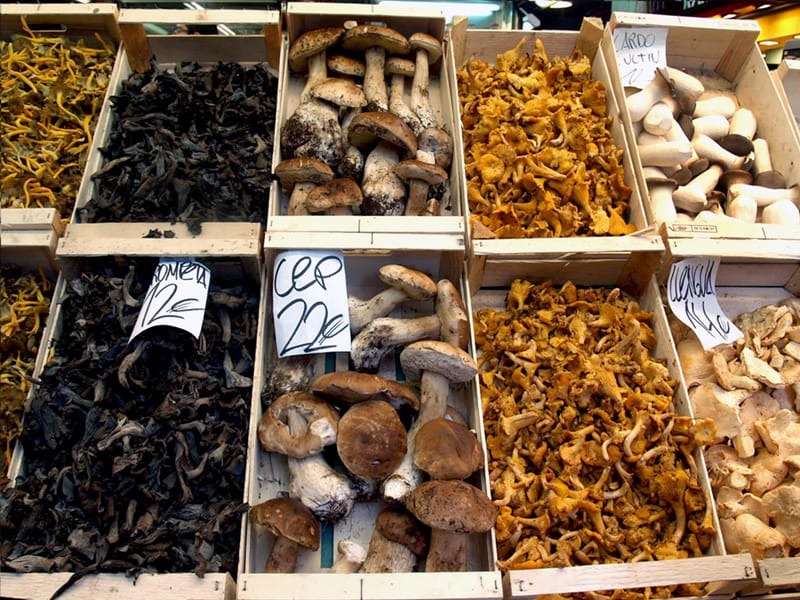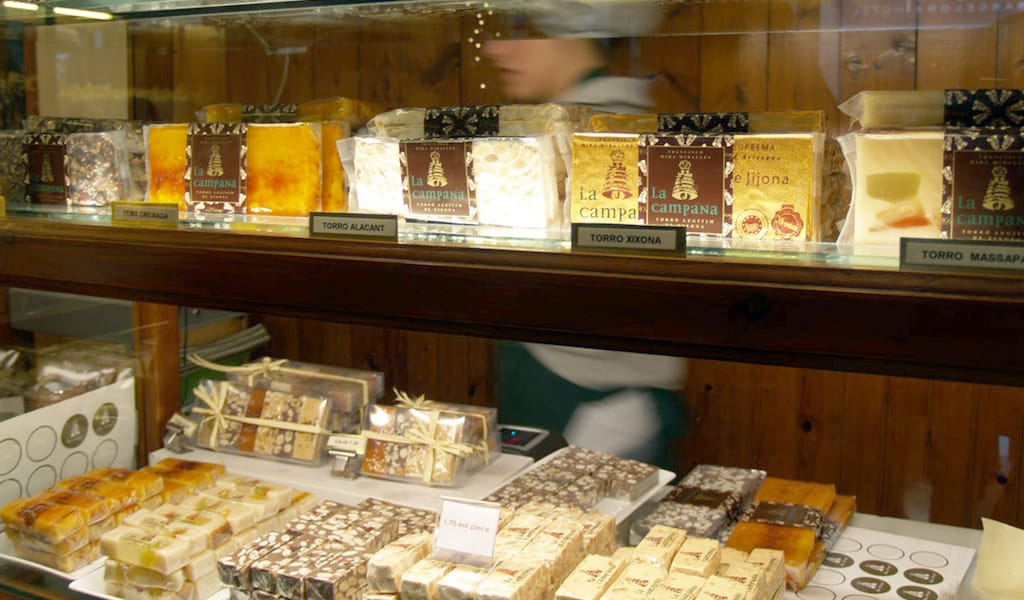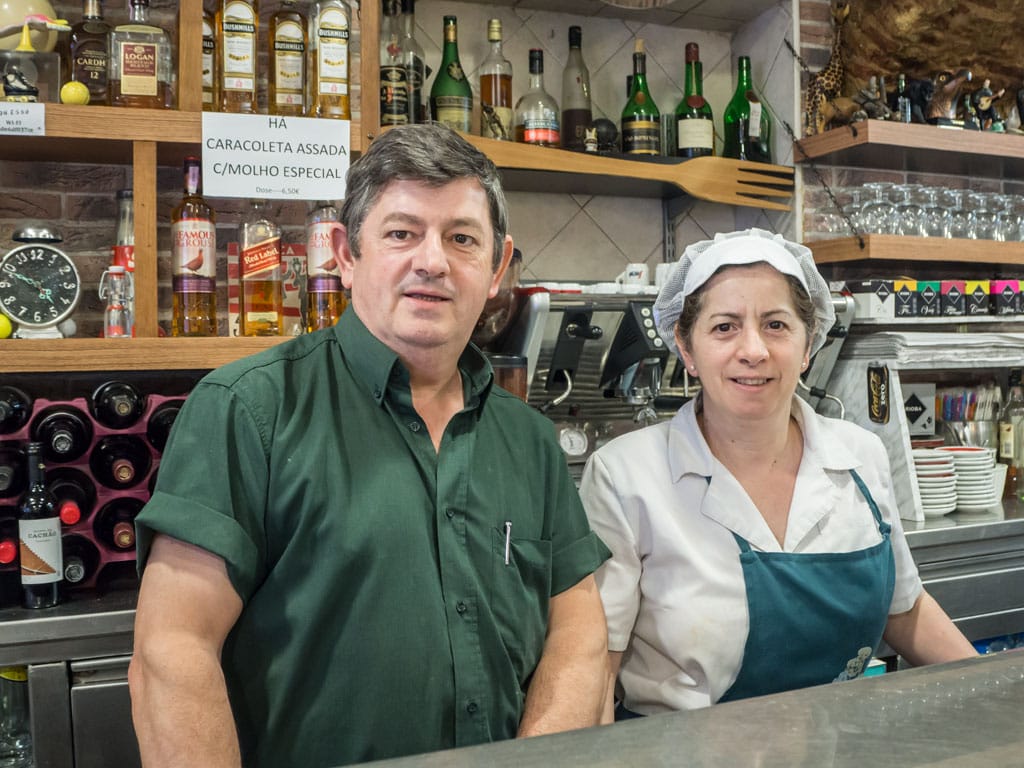Lisbon seems to be getting its groove back. Or at least, more people are taking notice of this city’s unique character and clearly taking to it. Recently, Vogue and The New York Times profiled the Intendente district, an up-and-coming neighborhood in the city center; Monocle magazine held its first “Quality of Life” conference in Lisbon; and many friends of ours, from Istanbul to San Francisco, are sharing beautiful photos of their latest trip to the city. Oddly, in a city on the upswing with such a rich culinary heritage, we found there was little storytelling on the subject of food and how it impacts Lisbon’s urban culture, be it in print, on the Web or on the ground (as in a tour or other guided experience).
Over the past couple of years, we ourselves have joined this stampede of visitors to Lisbon and we can’t get enough of it. Now it’s time to share our enthusiasm for the city with others. Working with Célia Pedroso, chief of our newly created Lisbon bureau, we’ve collected our favorite experiences into a marathon of backstreet eating spanning the seven hills of Lisbon.
The oldest city in Western Europe, once the hub of a trading empire that connected Macau in the east to Rio de Janeiro in the west, Lisbon today feels staunchly Old World European, a sleepy town of nostalgic storefronts and scenic churches. But that’s only its façade. Take a closer look and you’ll discover a city that still maintains deep-rooted links around the world – just consider the local obsession with African piri piri sauce – and that is a vital and cutting-edge place with packed restaurants and bar-lined streets.
On “Lisbon Awakens: A Culinary Crossroads, Reborn,” our new walk in the Portuguese capital, we will explore the hilly backstreets of this enchanting city in a delicious attempt to unravel the complex identity of Lisbon and its inhabitants, the Lisboetas. We’ll start in some classic downtown spots for a coffee and savory pastries, followed by a shot of ginjinha, a smooth sour-cherry liqueur that is a traditional local eye-opener. At one of Lisbon’s oldest and finest charcuteries, we’ll sample presunto pata negra, cured ham made from the acorn-fed black-hoofed pig unique to the Iberian Peninsula. In a time-honored neighborhood joint, we’ll taste shining examples of conservas (tinned tuna and sardines), humble yet delicious dishes that offer a fascinating window into Portugal’s history and its deep connection to the sea, and how both still influence contemporary culture. We’ll stop by the restaurant of a Michelin-starred chef for his take on the classic Portuguese meat-filled pastry, pastéis de massa tenra, before making our way to a tasca, a type of no-frills neighborhood restaurant that is beloved by Lisboetas. There will be wine tasting, starring the fresh and effervescent vinho verde and, later, a distinct moscatel, paired with signature Portuguese cheeses.
Finally, on this daylong tour with more than a dozen stops, we’ll make our way down to the historic Mercado da Ribeira, Lisbon’s former wholesale food market, recently redeveloped to host a gourmet hall where some of the city’s best kitchens work side by side. Here we’ll dig into some of the finest renditions of Portuguese cuisine, such as the peixinhos da horta, the probable ancestor of modern-day Japanese tempura, and, when in season, the pride of Portugal: fresh sardines. The city’s forward-looking culinary talent, employing both traditional and updated recipes, seems right at home here among the crusty fishmongers and old-time butchers, the grannies selling snails and piles of bay leaves. Like the other stops on our walk, this is yet another great spot in Lisbon where past and present, near and far, meet and become deliciously entwined.
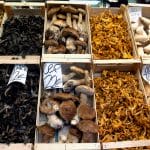 November 30, 2012 Catalonia’s Magic Mushroom Season
November 30, 2012 Catalonia’s Magic Mushroom Season
Editor’s note: We regret to report that Casa Lucio has closed.
Mushroom hunting has […] Posted in Barcelona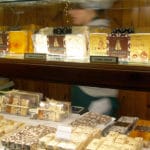 December 12, 2022 Turrón
December 12, 2022 Turrón
Typically eaten at Christmastime in Spain, turrón (a type of nougat) originated […] Posted in Barcelona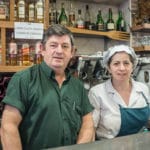 November 21, 2016 Tasca Tables
November 21, 2016 Tasca Tables
Avenida da Liberdade is commonly acknowledged to be the most luxurious and expensive […] Posted in Lisbon
Published on February 11, 2016
Related stories
November 30, 2012
BarcelonaEditor’s note: We regret to report that Casa Lucio has closed. Mushroom hunting has an irresistible, magical pull. Composer John Cage, an avid mushroom collector, found them an integral part of his creative process, once writing: “Much can be learned about music by devoting oneself to the mushroom.” Every fall, thousands of Catalans likewise find…
December 12, 2022
BarcelonaTypically eaten at Christmastime in Spain, turrón (a type of nougat) originated centuries ago. Some historians believe it was a sweet paste with nuts eaten by athletes in ancient Rome, while others trace its origins to a more elaborate medieval Arab delicacy that combined various toasted nuts with spices and honey. First documented in Spanish by an…
Step into the heart and soul of Lisbon on our walks!
November 21, 2016
LisbonAvenida da Liberdade is commonly acknowledged to be the most luxurious and expensive artery in Lisbon. It’s the obvious place to go to buy a famous designer’s dress or fancy jewelry. It might be surprising to learn, then, that it’s also the place to go for good pernil assado (roasted pork shank) or cabidela (chicken…











































